Urbanization Trends
The Municipal Vehicle Market is significantly influenced by ongoing urbanization trends, which are reshaping transportation needs in metropolitan areas. As urban populations continue to swell, municipalities are faced with the challenge of providing efficient and reliable public transport solutions. This has led to an increased demand for various types of municipal vehicles, including buses, waste collection trucks, and emergency response vehicles. Recent statistics indicate that urban areas are expected to account for nearly 70% of the global population by 2050, necessitating a robust municipal vehicle infrastructure. Consequently, municipalities are investing in expanding and modernizing their fleets to accommodate the growing population and ensure effective service delivery. This trend is likely to drive the Municipal Vehicle Market forward, as cities adapt to the demands of urban living.
Technological Innovations
The Municipal Vehicle Market is being transformed by rapid technological innovations that enhance vehicle performance and operational efficiency. Advancements in telematics, autonomous driving, and smart city integration are reshaping how municipalities manage their fleets. For example, the implementation of smart routing systems has been shown to reduce fuel consumption by up to 15%, thereby lowering operational costs. Furthermore, the integration of data analytics allows municipalities to optimize maintenance schedules and improve service reliability. As these technologies become more accessible, municipalities are increasingly adopting them to modernize their fleets. This trend suggests that the Municipal Vehicle Market will continue to evolve, driven by the need for efficiency and sustainability in urban transportation.
Increased Government Investment
The Municipal Vehicle Market is experiencing a surge in government investment aimed at enhancing public transportation systems. Governments are allocating substantial budgets to upgrade fleets, which includes the procurement of electric and hybrid vehicles. This investment is driven by the need to reduce carbon emissions and improve air quality in urban areas. For instance, recent data indicates that municipal budgets for transportation have increased by approximately 15% over the past year, reflecting a commitment to sustainable practices. Such financial backing not only facilitates the acquisition of modern vehicles but also supports the development of necessary infrastructure, such as charging stations. Consequently, this trend is likely to bolster the Municipal Vehicle Market, as municipalities seek to modernize their fleets and meet environmental regulations.
Rising Demand for Electric Vehicles
The Municipal Vehicle Market is witnessing a notable shift towards electric vehicles (EVs), driven by both environmental concerns and advancements in technology. As cities strive to meet stringent emissions targets, the adoption of EVs in municipal fleets is becoming increasingly prevalent. Data suggests that the share of electric vehicles in municipal fleets has grown by over 20% in the last two years. This transition is not only beneficial for reducing greenhouse gas emissions but also offers long-term cost savings in fuel and maintenance. Municipalities are recognizing the potential of EVs to enhance operational efficiency while contributing to sustainability goals. As a result, the Municipal Vehicle Market is likely to see continued growth in the adoption of electric vehicles, supported by favorable government policies and incentives.
Regulatory Compliance and Environmental Standards
The Municipal Vehicle Market is heavily influenced by regulatory compliance and the establishment of stringent environmental standards. Governments worldwide are implementing policies aimed at reducing emissions and promoting sustainable practices within municipal fleets. For instance, many regions have introduced regulations that mandate a certain percentage of electric or low-emission vehicles in public transportation. This regulatory landscape is compelling municipalities to reevaluate their vehicle procurement strategies and invest in cleaner technologies. Data indicates that compliance with these regulations can lead to a 30% reduction in emissions from municipal fleets. As municipalities strive to meet these standards, the demand for compliant vehicles is expected to rise, thereby propelling growth in the Municipal Vehicle Market.


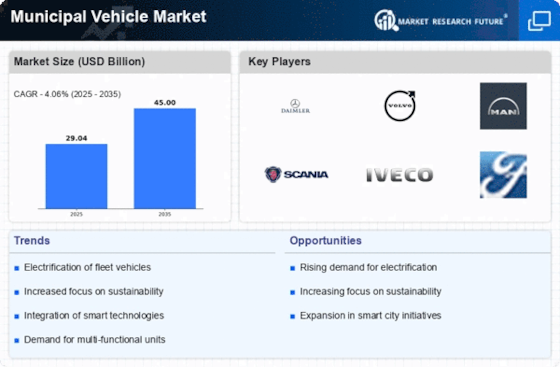
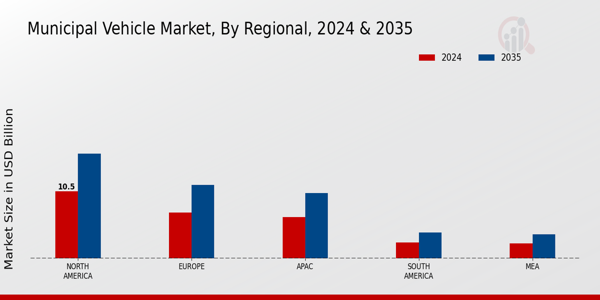
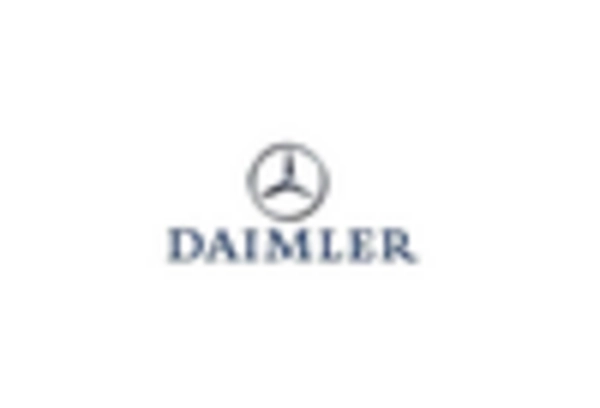

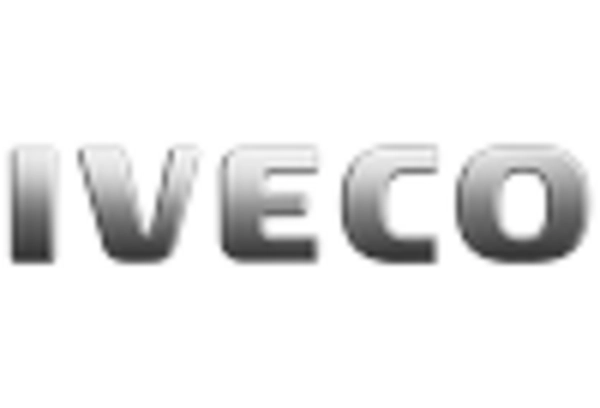
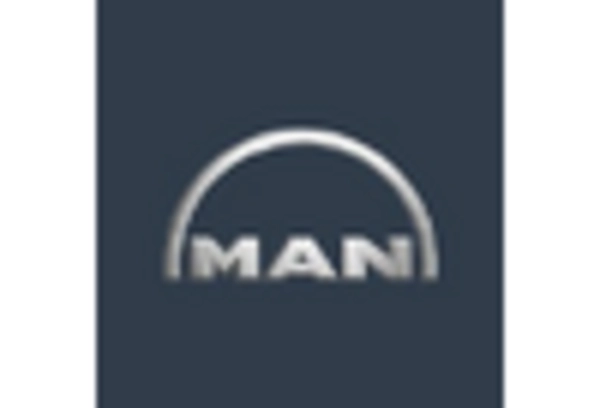
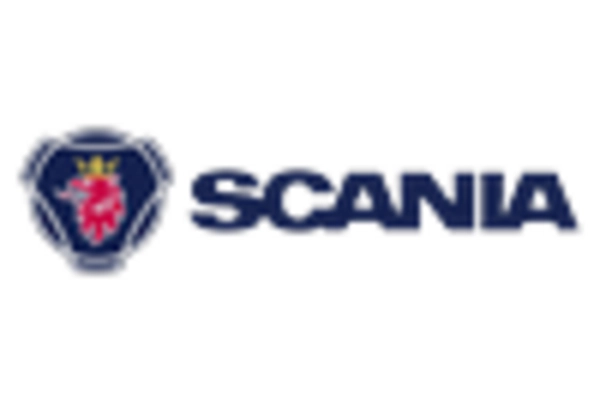









Leave a Comment